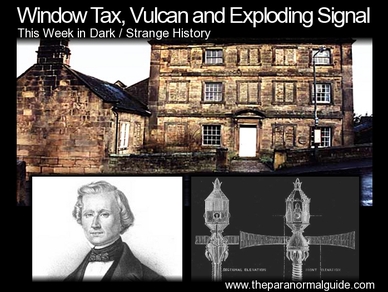
December 31, 1696
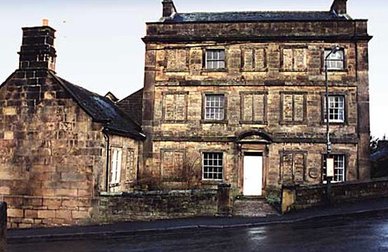 Bricked up windows.
Bricked up windows. To avoid paying a higher rate of tax, many people started to brick over their windows. Every home was taxed at a flat rate but if you had more than ten windows that tax doubled and if more than twenty windows your tax quadrupled. Many of these older homes still stand and with many of their windows bricked up.
Another interesting side effect was that some of the very wealthy started building more windows into their homes, in order to show off their wealth.
The tax was repealed in 1851.
England and Wales are not the only places to have seen the window tax as both Scotland and France imposed similar on their people. There have also been other similar taxes over the centuries such as the hearth tax (based on the number of hearths or fireplaces in a property, seeing many being bricked over), wallpaper tax (charged at the time of sale by the square yard on printed or patterned wallpaper and saw much plain wallpaper being sold to later be painted in the home once affixed) among others.
January 2, 1860
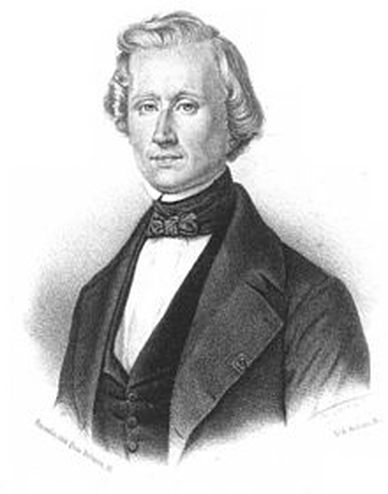 French Mathematician Urbain Jean Joseph Le Verrier.
French Mathematician Urbain Jean Joseph Le Verrier. Spurred on by the director of the Paris Observatory, French Mathematician Urbain Jean Joseph Le Verrier, explored these observations in more detail. Le Verrier put forth several theories but the one that generated the most interest was that there was another planet which he named 'Vulcan' orbiting closer to the sun than Mercury. This theory was accepted by many people, though not proven, until 1915 when the idea was squashed after the unusual orbit of Mercury was explained by Einstein.
January 2, 1869
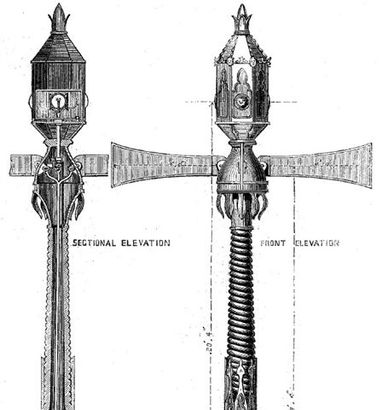 Plans for early if not the first signal.
Plans for early if not the first signal. The first traffic signal with gas lights was installed outside the British Houses of Parliament in London, Dec 10, 1868, to control the flurry of traffic on Bridge Street. The signal operated with three semaphore arms at the top of a pole which, when horizontal, told traffic in that direction to stop, and when at an angle, told traffic to proceed with caution. After dark the gas lamps, green and red, were lit in order to signal the traffic at night.
These first signals were a success but unfortunately they were soon deemed unsafe when a leak in one of the gas lines caused a signal to explode, injuring the policeman who was operating it (some sources say he did die from his injuries). The signals were removed.
The first electric traffic light was developed in 1912 and proved to be quite a lot, though not 100%, safer.
January 5, 1643
Denis Clarke abandoned his wife and two children for another woman and had two more children. He refused to return to his wife so the court, as an act of punishment against Denis, granted the divorce.
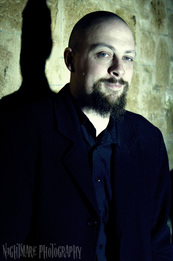




 RSS Feed
RSS Feed
